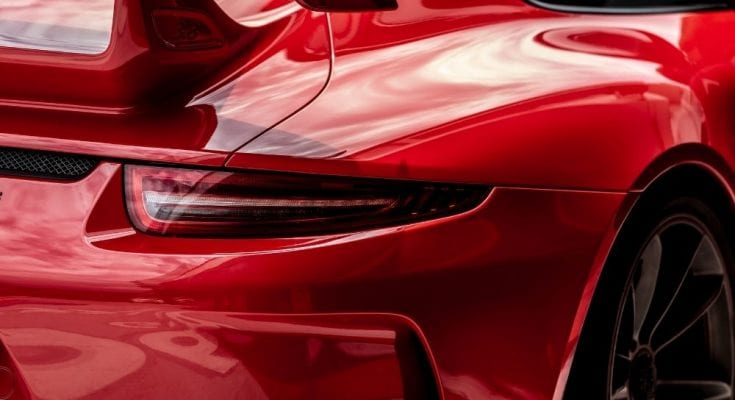We’ve lost our imagination. We have the technology to manufacture cars in any color of the rainbow, but we choose the same basics: White. Black. Gray. Silver. Has it always been this way? A timeline of popular car paint colors from the dawn of automobiles shows that our tastes change with the times.
1890s and 1900s
Paint wasn’t a concern for the very first motor inventions. But as more drivers hit the road, they were buying black cars. First, it was for safety reasons. Black stood out on the streets so pedestrians wouldn’t get hurt. Many cities also required cars to have someone walking ahead of the vehicle with a warning flag. Soon, Henry Ford was painting Model Ts black for another reason: the paint dried the fastest, allowing him to produce a car in an hour and a half.
1920s
Post-WWI and pre-WWII, consumers had the wealth to buy Chevrolets in darker maroons, greens, and blue. Expensive vehicles like Packards featured elegant creams and tans.
1930s and 1940s
Although the era began with blues, reds, and greens, the Depression put the kibosh on color. Production of civilian cars ceased completely during the war. When cars started rolling out again, they were a sober black.
1950s
Suddenly, the world was technicolor. Cars with futuristic fins appeared in all shades of blue, red, green, and gold; many of them were two-toned and accented with white. For the first (and last) time, pink was a popular car color.
1960s
As baby boomers grew up, their families drove sedans and wagons with traditional colors of the ’50s. Meanwhile, the psychedelic youth loved cars in bright colors like yellow and purple.
1970s
As the United States became aware of environmental concerns, its taste in colors reflected it. Earth tones of the era included brown, tan, cream, and olive.
1980s
The flashy ’80s were best embodied by its most famous car: “Knight Rider’s” KITT, a mechanical superhero painted a glossy black. Red was also common during the decade, and more wagons featured faux wood trim.
1990s
The rise of the sport utility vehicle coincided with another burst of concern for the environment. All shades of green were in vogue, as well as teal.
The 21st Century
The timeline of popular car paint colors culminates here, with basic white and black as the most common choices. It’s not like consumers don’t have a choice. Luxury cars in particular can customize like crazy; Porsche, for instance, offers its 911 in Lizard Green and its Taycan in a pinkish Frozenberry. Will this start a trend? We’ll have to wait and see how lively the ’20s get this time around.
Additional Resources:
Scooters



